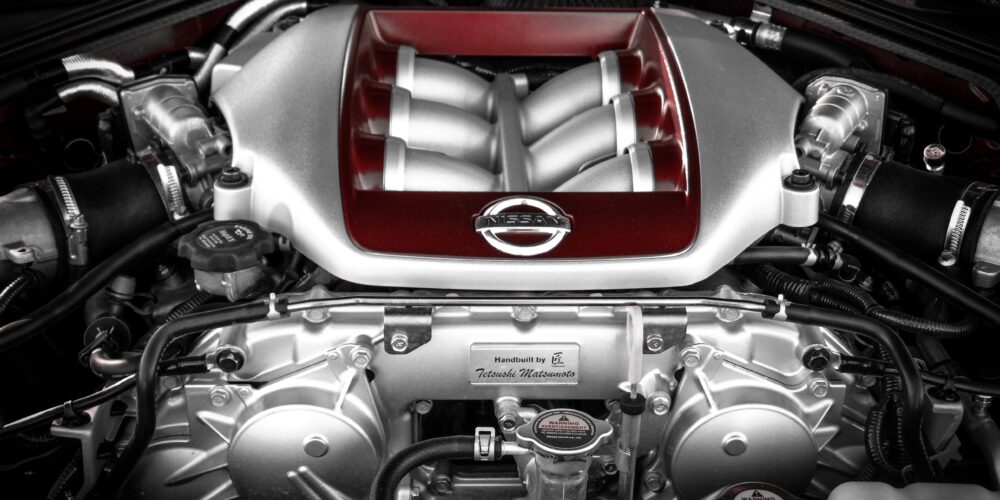The head gasket on your vehicle might look like just another piece of metal, but it is easily one of the most vital components of the engine. In fact, your engine probably can’t run without it! A blown gasket can cause significant damage to the engine, even as far as total engine failure, so it’s important to keep an eye out for the signs that something could be wrong with the system. By watching out for the symptoms of head gasket failure, you can ensure you get the piece repaired or replaced before your engine goes through irreparable damage.
What Do We Mean By A ‘Blown’ Head Gasket
A ‘blown head gasket’ describes a head gasket that has experienced some kind of damage to its structure. Head gaskets create a seal between the engine’s deck and cylinder heads and when this is compromised, it can create a leak that may affect the engine in a variety of ways and it can all depend on what part of the gasket has blown and how severe the damage is. Leaks could lead to overheating, rusting, drive issues and more, so it’s important to keep an eye out for the following signs and symptoms of a damaged or blown head gasket:
White Smoke
The majority of head gasket leaks tend to be internal to the engine, which ultimately allows coolant to flow into the combustion chamber. The coolant then hits the hot engine and it will burn or evaporate, which can appear as white smoke from the tailpipe. Generally, it will smell sweeter than other exhaust fumes and billows out if the leak is substantial. If you’re seeing white smoke, it’s best to stop driving your car and arrange for vehicle recovery for repairs as soon as possible.
Overheating Engine
With blown head gaskets usually come coolant leaks or loss and as a direct result, you could find your engine overheating, particularly after long journeys. Excess heat can be produced through a faulty or difficult combustion process and with reduced coolant availability due to leaks, it can be impossible to cool the engine fast enough. For this reason, overheating occurs and can be dangerous for the whole car. If your engine is overheating and you suspect a blown head gasket, it’s best to stop driving the car and have it repaired as soon as you can.
Coolant Issues
From coolant loss, to bubbling or even milky coolant, a blown head gasket could cause a number of issues with this particular part of your car. Coolant loss, for example, could be due to a blown head gasket, particularly if you can’t seem to find the source of a leak. The leaks are often internal, meaning that you won’t see any puddles on the floor or under the bonnet so if you are experiencing coolant loss with no clear leak, it could be due to a blown head gasket. Bubbling coolant could also be a sign of a head gasket problem. If combustion gases are getting into the coolant, this could be a sign that something isn’t right.
Milky coolant is also a sign of a blown head gasket, as when the seal of a head gasket fails, it could allow oil into the coolant and vice versa. This can contaminate the coolant and create a grey or brown milky state.
Poor Engine Performance
A sudden or unexplained loss of performance with your vehicle could be down to problems with the head gasket. Without the proper seals, the combustion process can’t be completed effectively which could lead to reduced or loss of power and in extreme cases, the car might not even start at all. Without proper combustion, the engine can’t start or run properly and will therefore need to be checked and repaired as soon as possible for safe driving.
For more information about head gasket repairs and the problems you could be facing with your head gasket, we are on hand to help. Simply get in touch with a member of our team for more information, today.

